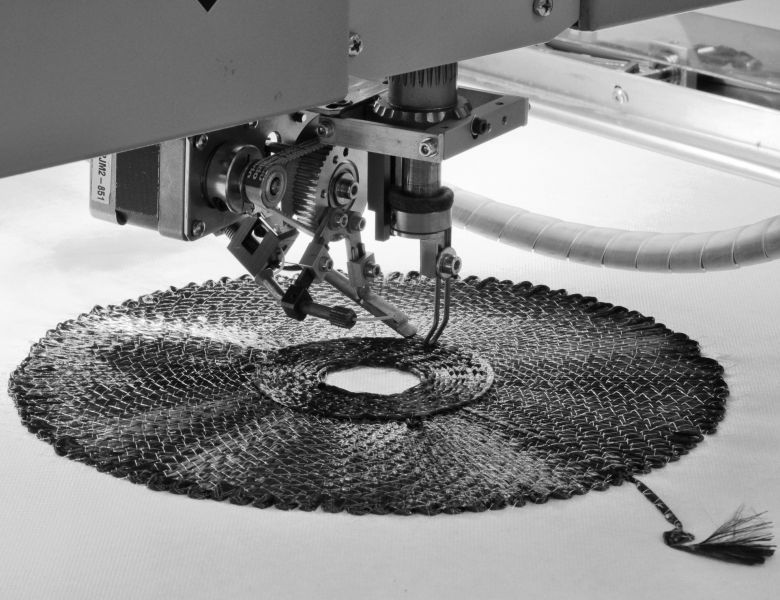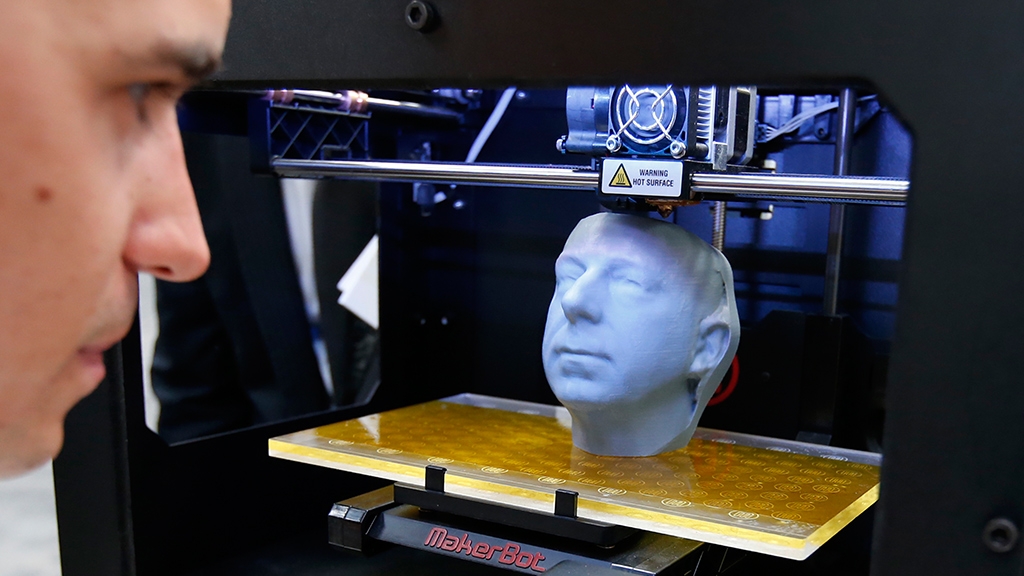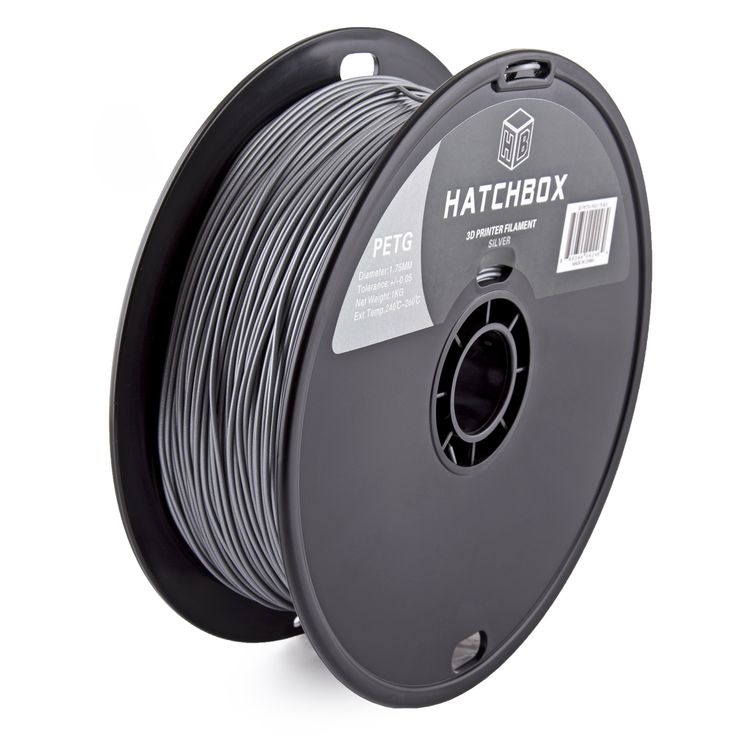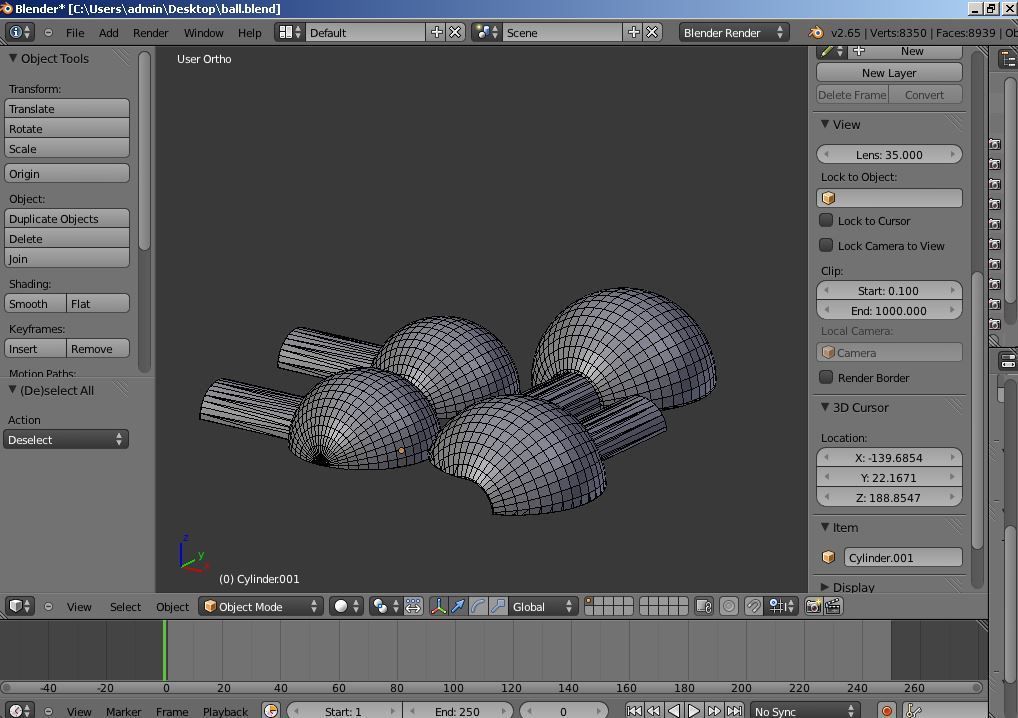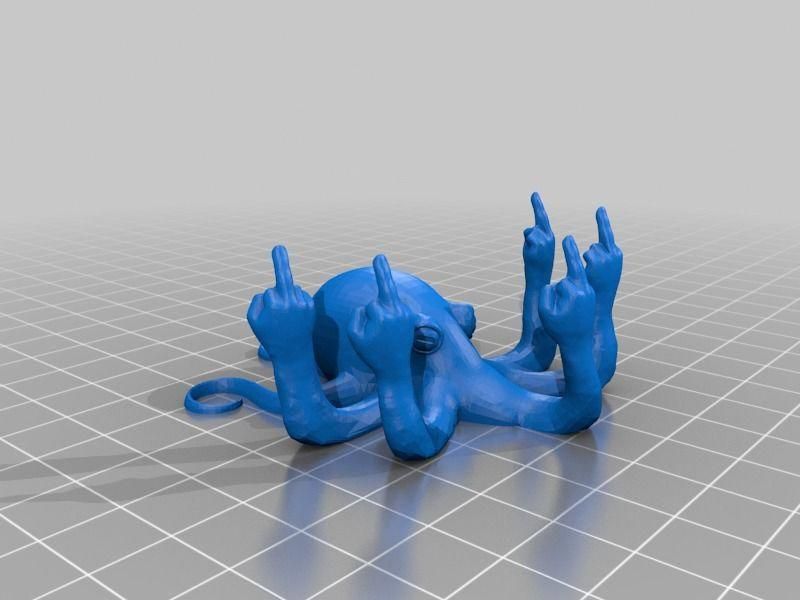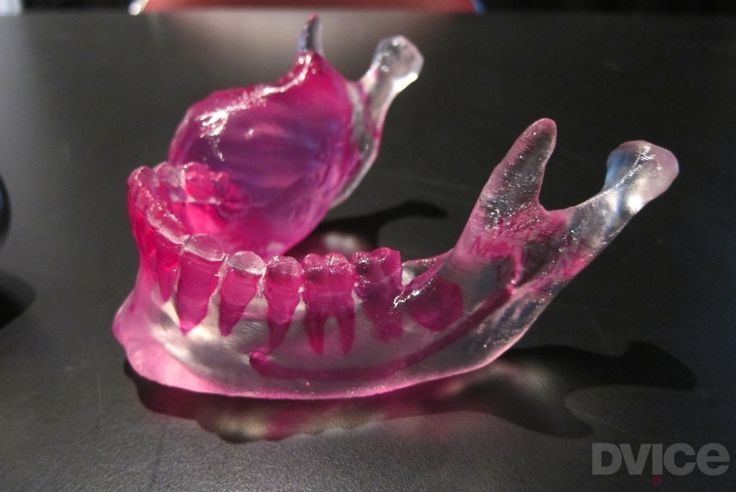3D printer leather
Scientists 3D print biodegradable leather products made of silk
0Shares
A team of researchers from Tufts University have developed a leather-like 3D printing material made of silk.
As well as coming from a sustainable source, the material is entirely recyclable and biodegradable, all while offering mechanical properties comparable to those of real leather. The scientists have already used their new formulation to 3D print a usable purse, with other fashionable consumer products also in the pipeline.
Fiorenzo Omenetto, a co-author of the study, explains, “Our work is centered on the use of naturally-derived materials that minimize the use of toxic chemicals while maintaining material performance, so as to provide alternatives for products that are commonly and widely used today.”
A purse 3D printed using silk leather. Photo via Tufts University.The damaging effects of leather
Leather is characterized by its durability and flexibility. A staple in the fashion industry, the material is usually created by tanning the hides of animals such as cattle. As useful as it is, the sourcing of leather is unfortunately not very environmentally-friendly, as cattle farms take up copious amounts of land while requiring tons of water every year (not to mention, the ethics of mass slaughter).
Beyond this, cows themselves produce an abundance of methane, which has more than 80x the warming power of carbon dioxide, resulting in polar bears having to go for a swim.
There is also the issue of leather processing, which relies on harsh chemicals to produce the end-product. The non-exhaustive list of tanning agents includes chromium salts, formaldehyde, and a range of heavy oils – all of which can have damaging effects on flora and fauna.
The material can be 3D printed with feature sizes down to 0.25mm. Photos via Tufts University.Biomaterials: a sustainable alternative
So it’s not hard to see how there might be a need to find greener alternatives.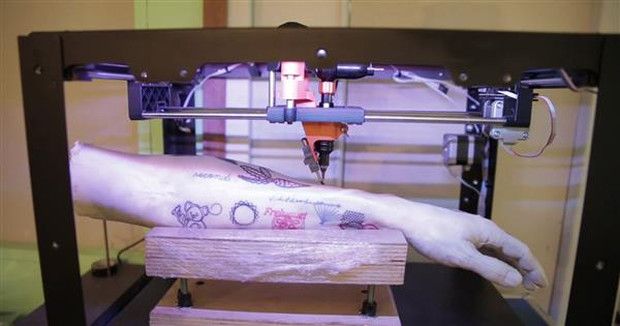 Silk on its own is nothing like leather, but the Tufts team found a way to process silk to make it stronger, tougher, and compatible with a custom-built pneumatic extrusion 3D printer. The system itself featured a 3-axis CNC gantry, a 1m x 1m print bed, and a Nordson EFD ValveMate dispense valve controller.
Silk on its own is nothing like leather, but the Tufts team found a way to process silk to make it stronger, tougher, and compatible with a custom-built pneumatic extrusion 3D printer. The system itself featured a 3-axis CNC gantry, a 1m x 1m print bed, and a Nordson EFD ValveMate dispense valve controller.
The formulation process involved mixing silk fibers from silkworm cocoons into a mud-like blend. Broken down into their base protein components, the fibers were then mixed with a plasticizer and a vegetable gum thickener, which gave the resulting material its extrudability. To add strength to the material, the scientists also integrated a base layer of chitosan, the sugar that gives shellfish exoskeletons their hardness. Best of all, the process only relies on mild chemicals and can be done in a standard lab environment.
Omenetto adds, “By using silk, as well as cellulose from textile and agricultural waste and chitosan from shellfish waste, and all the relatively gentle chemistries used to combine them, we are making progress towards our goal. ”
”
According to the study, the final leather-like material can be 3D printed into almost any geometry, with feature sizes ranging from 0.25mm to 5mm. With some tinkering around, the material can also be deposited with varying flexibilities and opacities, lending itself to a wide variety of fashion applications. Once it reaches the end of its useful life, the material can even be recycled back into a silky mix for reuse, or discarded altogether as it is completely biodegradable.
The material also allows for a range of flexibilities and opacities. Photos via Tufts University.Further details of the study can be found in the paper titled ‘Additively manufactured leather-like silk protein materials’. It is co-authored by Fiorenzo Omenetto et al.
The 3D printing of biomaterials like silk can do wonders for the circular economy. Scientists from the Delft University of Technology (TU Delft) recently used a novel 3D bioprinting technique to create a living ‘artificial leaf’ material made of algae cells. The research involved 3D printing microalgae directly into a non-living bacterial cellulose – an organic excretion compound produced by bacteria – to create a tough and flexible material capable of photosynthesis.
The research involved 3D printing microalgae directly into a non-living bacterial cellulose – an organic excretion compound produced by bacteria – to create a tough and flexible material capable of photosynthesis.
Elsewhere, researchers at the Singapore University of Technology and Design (SUTD) have previously explored the 3D printing of chitin-based bio-composites sourced from urban food waste. Specifically, the team used black soldier flies to bioconvert organic food waste into a 3D printable chitin, which was used to fabricate biodegradable natural-form objects.
Subscribe to the 3D Printing Industry newsletter for the latest news in additive manufacturing. You can also stay connected by following us on Twitter and liking us on Facebook.
Looking for a career in additive manufacturing? Visit 3D Printing Jobs for a selection of roles in the industry.
Featured image shows a purse 3D printed using silk leather. Photo via Tufts University.
Photo via Tufts University.
Tags Fiorenzo Omenetto Tufts University
Kubi Sertoglu
Kubi Sertoglu holds a degree in Mechanical Engineering, combining an affinity for writing with a technical background to deliver the latest news and reviews in additive manufacturing.
Tufts Researchers Develop Leather Alternative Thanks to 3D Printing
3D printing news News Tufts Researchers Develop Leather Alternative Thanks to 3D Printing
Published on May 8, 2021 by Madeleine P.
The use of 3D printing offers different advantages for different industries. The ability to produce complex geometries with a variety of materials using 3D printing is highly relevant for artists and designers, among others. It often seems as if creativity is no longer limited by the technology. Additive manufacturing processes also seem to be gaining in importance in the fashion industry. Because there is an increasing desire to set an example for ethical production methods and climate protection, interest in material alternatives and environmentally friendly manufacturing processes is on the rise. For example, 3D printing is ideally suited for reconstructing natural patterns or shapes, which can be derived into bionics. Researchers at Tufts University, for example, are using 3D printing to create animal-free products from a leather alternative that is intended to resemble real leather not only visually but also mechanically. The team has already made a wallet from the material.
For example, 3D printing is ideally suited for reconstructing natural patterns or shapes, which can be derived into bionics. Researchers at Tufts University, for example, are using 3D printing to create animal-free products from a leather alternative that is intended to resemble real leather not only visually but also mechanically. The team has already made a wallet from the material.
Could tanning soon be a thing of the past?
The way leather is produced is not only a headache for animal rights activists. Above all, it is the harmful effects on the environment and the sometimes catastrophic working conditions that are causing both consumers and fashion labels to look for alternatives. Tanning, the process that makes animal skin durable, uses chemicals that are not only harmful to humans, but also to flora and fauna. Among the most important export countries of leather goods are China, India and Bangladesh. Countries in which there are no legal regulations regarding the use of highly toxic chemicals such as chromium salts and also no environmental regulations regarding the resulting pollution of wastewater. The scientists at the Tufts Silklab therefore want to develop a so-called silk fibroin that can be produced in an environmentally friendly way.
The scientists at the Tufts Silklab therefore want to develop a so-called silk fibroin that can be produced in an environmentally friendly way.
Silk cocoons of the silkworm Bombyx mori (Japan) were used to produce the leather alternative. (Photo Credits: Tufts University)
Although there are already some vegan leather alternatives on the market, such as pineapple leather, cork or artificial leather, which hardly differ visually from real leather, it quickly becomes clear that it is difficult to imitate the durability and flexibility that distinguish real leather. The research team at Tufts University wants to retain those same mechanical properties of leather in a leather-like material made from silk. The team has found a way to prepare the natural material in a way that makes it more durable and tear-resistant. According to Fiorenzo Omenetto, one of the study’s co-authors, a Doble Professor of Engineering at Tufts School of Engineering and director of the Tufts Silklab , “Our work is centered on the use of naturally-derived materials that minimize the use of toxic chemicals while maintaining material performance so as to provide alternatives for products that are commonly and widely used today. By using silk, as well as cellulose from textile and agricultural waste and chitosan from shell-fish waste, and all the relatively gentle chemistries used to combine them, we are making progress towards this goal.”
By using silk, as well as cellulose from textile and agricultural waste and chitosan from shell-fish waste, and all the relatively gentle chemistries used to combine them, we are making progress towards this goal.”
Preparation for extrusion
To ensure that the material ultimately looks like leather and can be formed into products in 3D printing, a sludge-like mass consisting of silk fibers has to be mixed with a plasticizer and a vegetable rubber thickener. The necessary strength is provided by chitosan, a sugar that is responsible for the hardness in exoskeletons of shellfish, for example. Only mild chemicals are added in the production process, which can be used in a standard laboratory environment. Thus, the scientists achieve a leather alternative is that is not only obtained from a sustainable source, but is even completely biodegradable afterwards.
Photo Credits: Tufts University
Structure sizes from 0.25 to 5 millimeters
With a structure size of 0.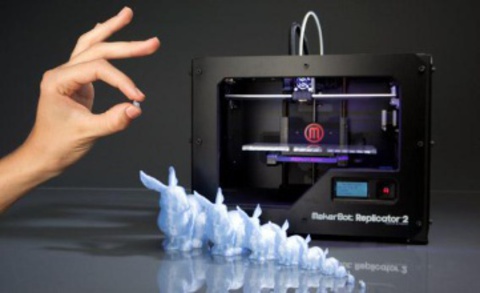 25 mm to 5 mm, the material is said to be suitable for printing any geometry, and with some modification, it can also achieve different flexibilities and opacities. To date, a custom-built pneumatic extrusion 3D printer has been used to manufacture products. This consists of a 3-axis CNC gantry, a 1m x 1m print bed and a Nordson EFD ValveMate dispense valve controller. Tufts University is optimistic that it is getting closer to its goal of creating a sustainable leather alternative, and plans are already underway to further develop the process and manufacture additional products.
25 mm to 5 mm, the material is said to be suitable for printing any geometry, and with some modification, it can also achieve different flexibilities and opacities. To date, a custom-built pneumatic extrusion 3D printer has been used to manufacture products. This consists of a 3-axis CNC gantry, a 1m x 1m print bed and a Nordson EFD ValveMate dispense valve controller. Tufts University is optimistic that it is getting closer to its goal of creating a sustainable leather alternative, and plans are already underway to further develop the process and manufacture additional products.
Geometries with a structure size of 0.25 – 0.50 mm can be achieved. (Image: Tufts University)
You can find more information about the project HERE. What did you think of the use of 3D printing to make this leather alternative? Let us know in a comment below or on our Facebook, Twitter and LinkedIn pages! Sign up for our free weekly Newsletter here, the latest 3D printing news straight to your inbox!
New 3D printer prints human skin indistinguishable from natural.

News Feed → New 3D printer prints human skin indistinguishable from natural.
A team of Spanish scientists from the Carlos III University of Madrid, the Center for Research in Energy, Environment and Technology (CIEMAT), and the Gregorio Marañon University Hospital of Madrid, has presented a 3D bioprinter that is able to reproduce human skin, completely identical to natural ( which has already been proven by histological and immunohistochemical studies).
As explained by the developers, their solution uses injectors with biological components (only human) and bio-ink, patented by CIEMAT and licensed by BioDan Group. The latter plans to commercialize the technology in the future. The skin is printed in layers, and the whole process is controlled by a computer.
The scientists used a bioink containing human plasma, primary fibroblasts and keratinocytes (epithelial tissue cells), which were obtained by biopsy.
The printed skin is 100% similar to its natural counterpart: it has an outer protective layer of the epidermis and inner layers of the dermis, consisting of fibroblasts - connective tissue cells that produce collagen and give our skin elasticity. Since living cells are used for printing, the resulting skin is biologically active and begins to produce collagen itself.
“Knowing how to properly mix biological components, how to work with them so that the cells do not break down, and how to properly store the resulting product is extremely important for a positive result,” says co-author Juan Francisco del Cañizo (Juan Francisco del Cañizo) .
According to the researchers, the skin printed on their printer will be useful in medicine and transplantation - for transplantation and the development of implants. It can also replace animals in tests of cosmetics, medicines, pharmaceuticals or chemicals. By the way, in America today, pain relief for rabbits, rats and other animals on which experiments are carried out is not provided, so animal rights activists were enthusiastic about the appearance of such an alternative.
By the way, in America today, pain relief for rabbits, rats and other animals on which experiments are carried out is not provided, so animal rights activists were enthusiastic about the appearance of such an alternative.
According to the researchers, in the case of transplants (for example, after burns), the skin on a bioprinter can be printed from the patient's cells in each case (and this will be an autologous transplant). And for routine experiments and tests, allogeneic skin can be printed from any cells.
The developers of the device also call the cheapness, standardization and automation of the production process of functional skin an indisputable plus. Today, the creation of skin for grafts still takes quite a long time (about three weeks). For comparison: a Spanish bioprinter during tests printed a piece of skin with an area of 100 square centimeters in 35 minutes (of which 30 minutes were spent on fibrin gelation).
There are no blood vessels inside such skin, but scientists are already mastering their printing. It is possible that in the future these two technologies will be combined to achieve the best result.
It is possible that in the future these two technologies will be combined to achieve the best result.
In the meantime, the method is being licensed by European regulators. Meanwhile, Spanish researchers are looking for new ways to use the bioprinter to print other human tissues.
A scientific article detailing the development has been published in Biofabrication.
Meanwhile, a "biofactory" for 3D printing of human organs is being built in Australia, while American scientists are 3D printing viable body parts. In Russia, we recall that the first bioprinter was introduced in 2014, and in 2015, with its help, scientists printed a thyroid gland that functions no worse than a real one.
Human skin on a 3D printer
Spanish scientists have developed a 3D printer that can print full-fledged human skin suitable for transplantation .
In addition to grafting victims of burns and disasters, the printed skin will be used to test drugs and new treatments for dermatological conditions.
The fathers of the unique 3D printer are the employees of the Carlos III University of Madrid, the Gregorio Marañon General Hospital and the local bioengineering company BioDan Group.
Researchers are confident that 3D-printed leather will perform just as well as real leather, and are ready to be tested by European regulatory authorities.
New skin, like real skin, contains the dermis and epidermis, as well as the stratum corneum - the outer layer of the epidermis, consisting of dead cells. The dermis is composed of fibroblasts and generates collagen, which makes the biotechnological material very similar to natural skin in terms of elasticity and strength.
In the latest issue of the journal Biofabrication, Spanish scientists describe how 3D printing will enable mass and low-cost production of leather for numerous medical, cosmetic and scientific purposes.
“This skin could well be used for grafting, for testing new drugs and cosmetics, being easy to manufacture and cheap enough for such purposes,” said one of the inventors, José Luis Horcano, professor of bioengineering at the Carlos III University of Madrid.
3D printed skin was one of the first human organs to be bioprinted and fit for mass use. Fully copying the structure of real skin, it reliably protects the body from the aggressive effects of the external environment, has sufficient elasticity and an aesthetically acceptable appearance.
Bio-ink is used to print leather.
Instead of the usual ink, the printer is filled with biological components grown in the laboratory - cells of various types, which are layered in the right order and form a finished structure.
According to Juan Francisco del Caniso of the Complutense University of Madrid and the Hospital General Universitario Gregorio Marañón, the key to success in bioprinting is a fine understanding of the mixing order.
“Knowing how to connect biological components, under what conditions they work, we ensure order and normal functions that are critical for the system,” explains del Caniso's unique technology.
The application process for this bioink has been patented by CIEMAT and the BioDan Group.


